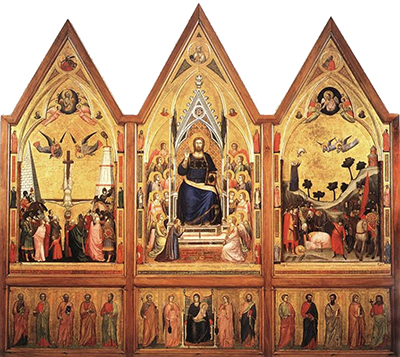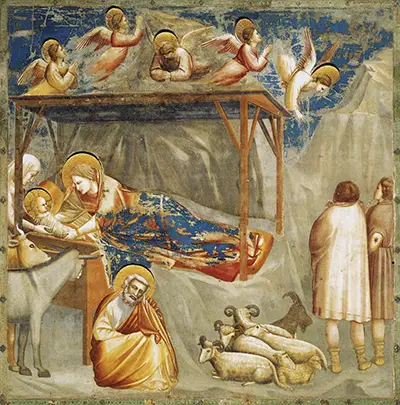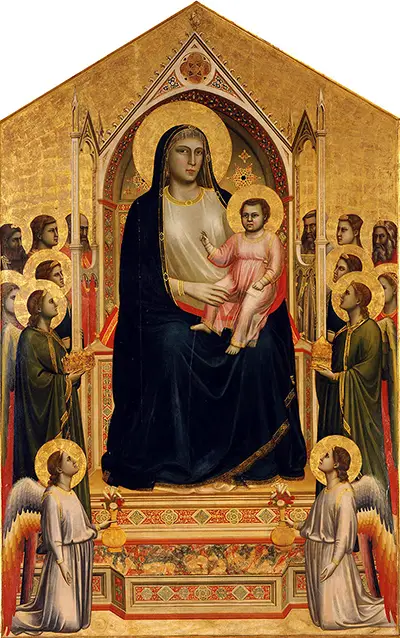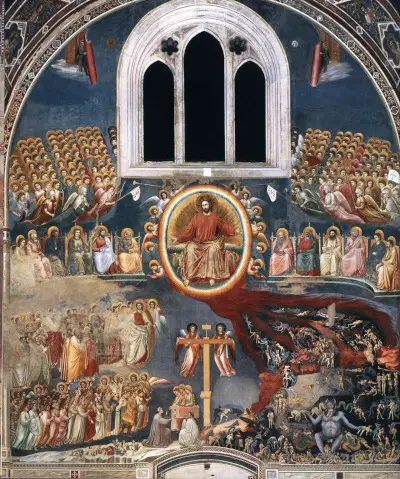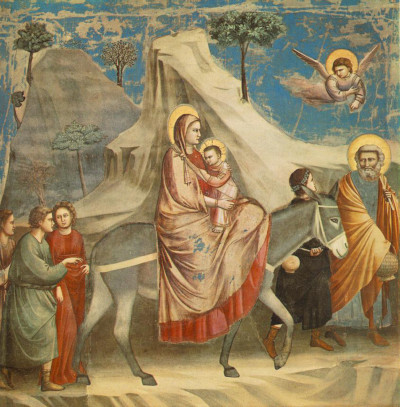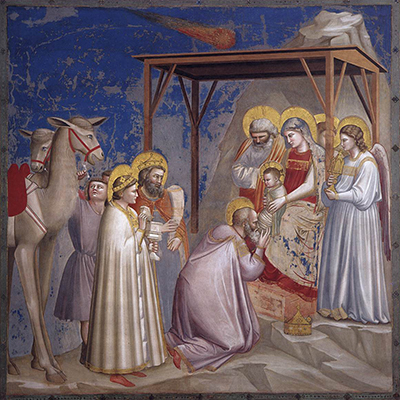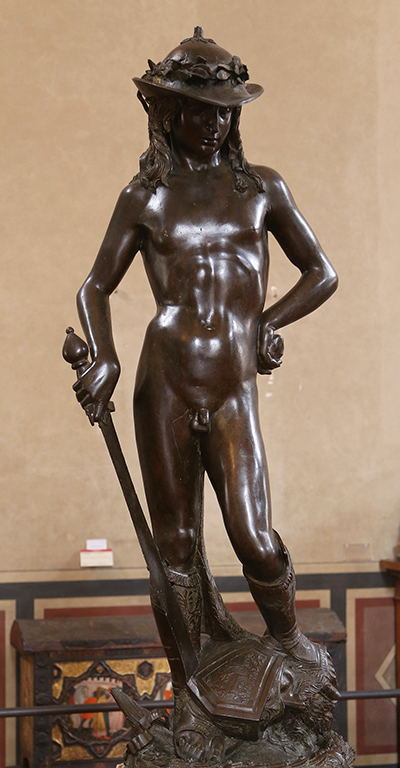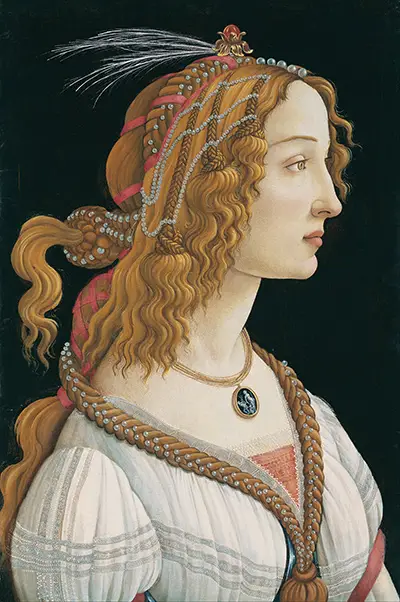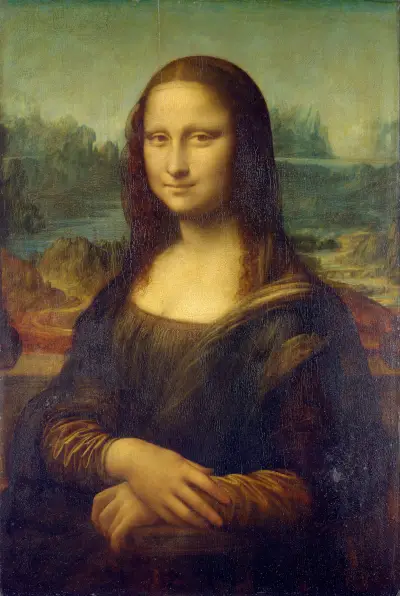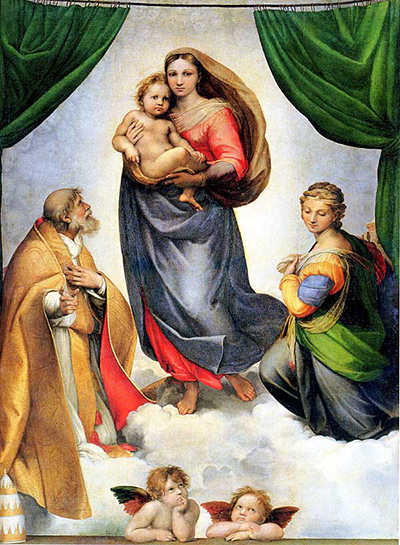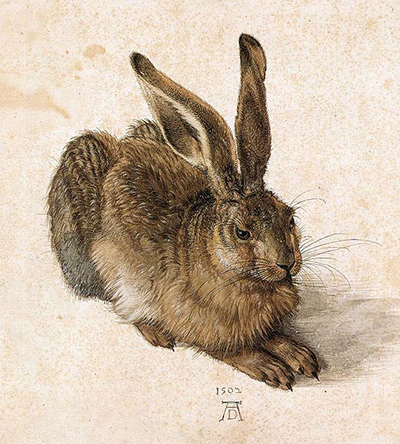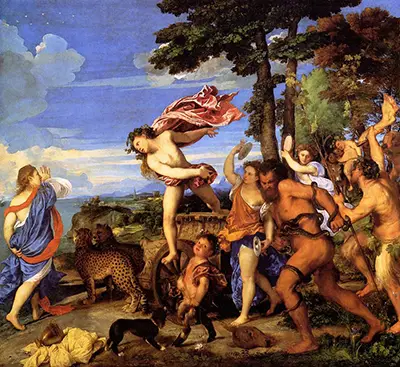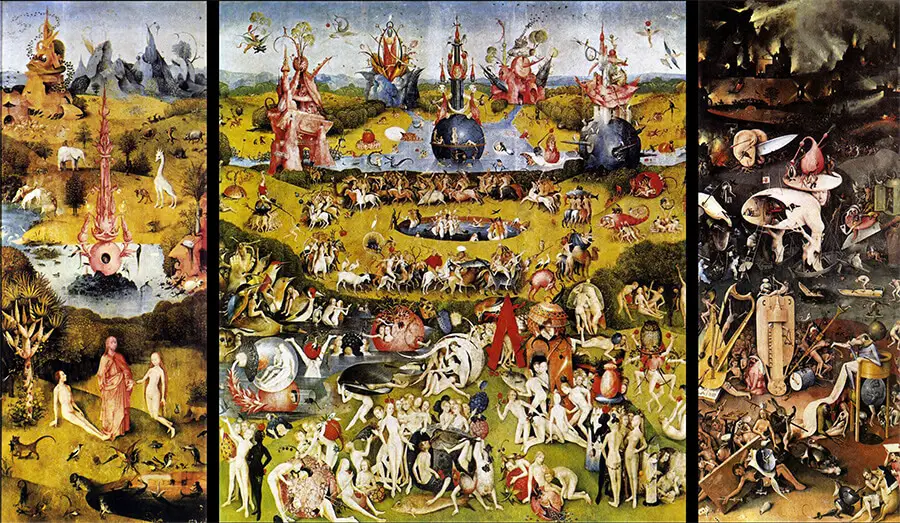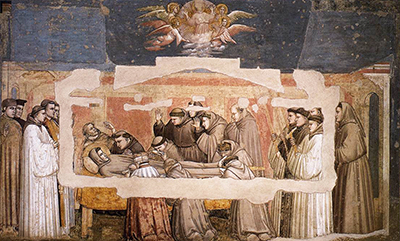 Buy Art Prints Now
Buy Art Prints Nowfrom Amazon
* As an Amazon Associate, and partner with Google Adsense and Ezoic, I earn from qualifying purchases.
In the days before the internet, knowledge was at a premium. In the 1300s and before, reading and writing was the province of a few trusted people, almost without fail religious men because of the perceived dangers of too much information. However, Biblical stories, moral fables and the lives of the saints was considered to be knowledge that everyone should have.
Artists were hired to decorate churches, chapels and public buildings with suitably moral narratives and characters. Giotto specialised in religious frescoes, dedicating one chapel to the life of the Virgin Mary both before and after the birth and death of Jesus, and another, the Bardi Chapel, to the life of Saint Francis of Assisi. Plaster frescoes were something of a science in those days, with the paint needing to be applied to the wet plaster at just the right point in time. Too early, and the wet plaster would not hold the image crisply, too dry and the paint would not bond into the wall's surface.
Giotto was clearly an expert at timing it just right as much of his work survives, despite the immense passage of time since his work on the saint's life and demise. Giotto depicted seven key scenes from the saint's life, with the death scene, The Death of St Francis being the middle of the narrative, rather than the end, as one might expect. This is because, of course, saints only being beatified after their death, once the church has conducted a stringent examination of the miracles performed by and work of the saint while they lived. The process can take hundreds of years – but in St Francis's case it took just two! This is because of the way St Francis lived.
He was deeply religious and aimed to emulate Jesus, preaching a message of extreme pacificism and treating animals as his brothers and sisters – this is why he is most often depicted surrounded by animals, like some sort of late Middle Age Dr Doolittle! He is credited with setting up the first Nativity scene one Christmas, using real animals, so that supplicants could more clearly imagine the birth of Christ and be drawn closer to the narrative. His impact on the church is perhaps immeasurable, and he was declared, in 1979, some three-quarters of a millennia after his death, to be the Patron Saint of Ecology by the then Pope, John Paul II.
St Francis died while still a relatively young man, aged just forty-four and Giotto has captured not only his youth, but a tremendously calm expression on his face too. The fresco is somewhat patchy after all this time, but Giotto captured expressions of loving grief accurately on the faces of those monks and nobles who are shown at Francis's death-bed, kneeling in prayer, or watching the dying man's face with love and a sort intense anxiety, perhaps to capture his last words. Giotto's trademark figures: stolid, solidly built bodies, with flowing cloaks and garments falling into beautifully rendered folds and pleats, have stood the test of time.
More Renaissance Artists



 Giotto.jpg)
 Giotto.jpg)
